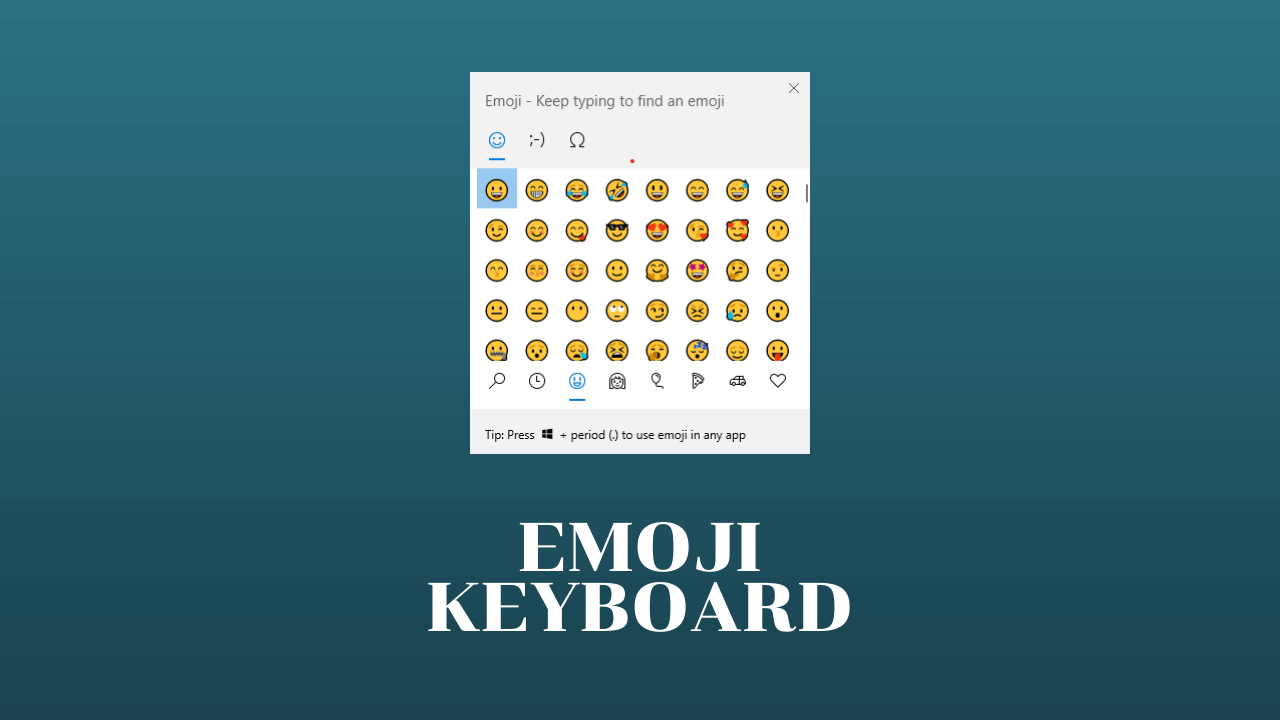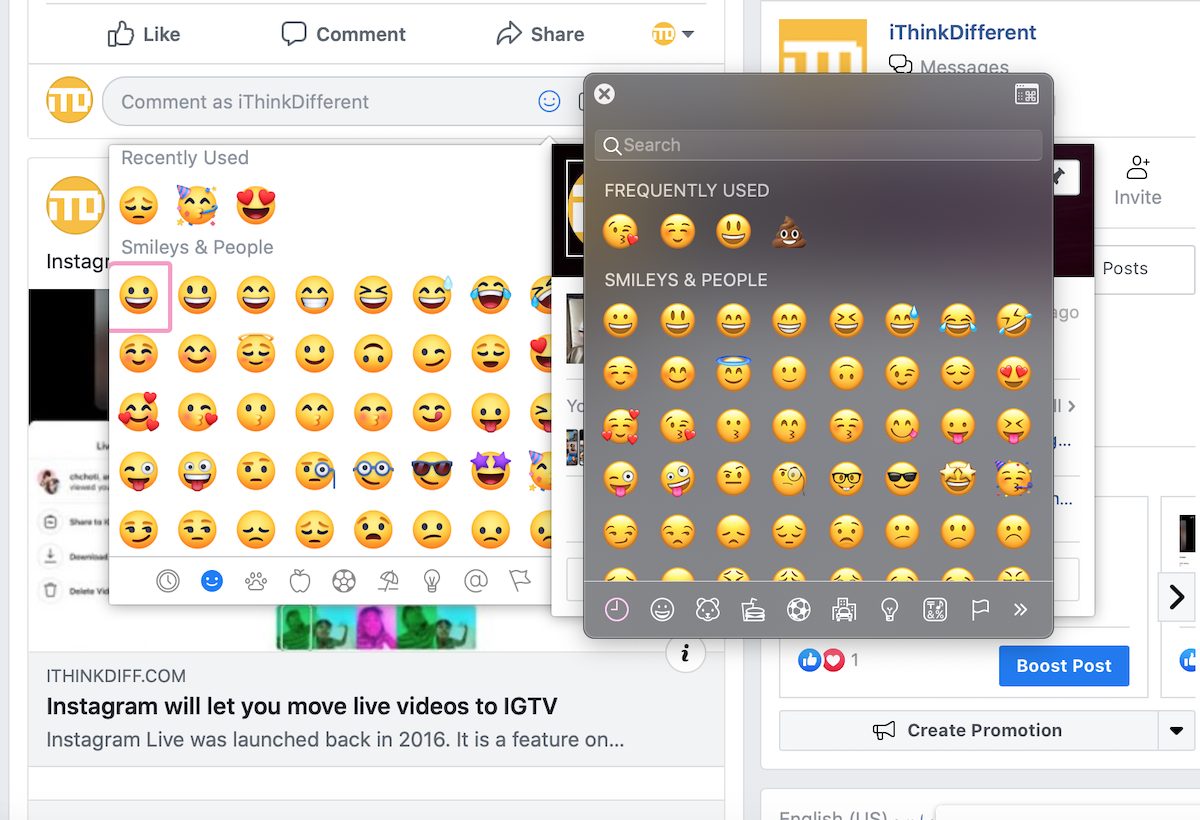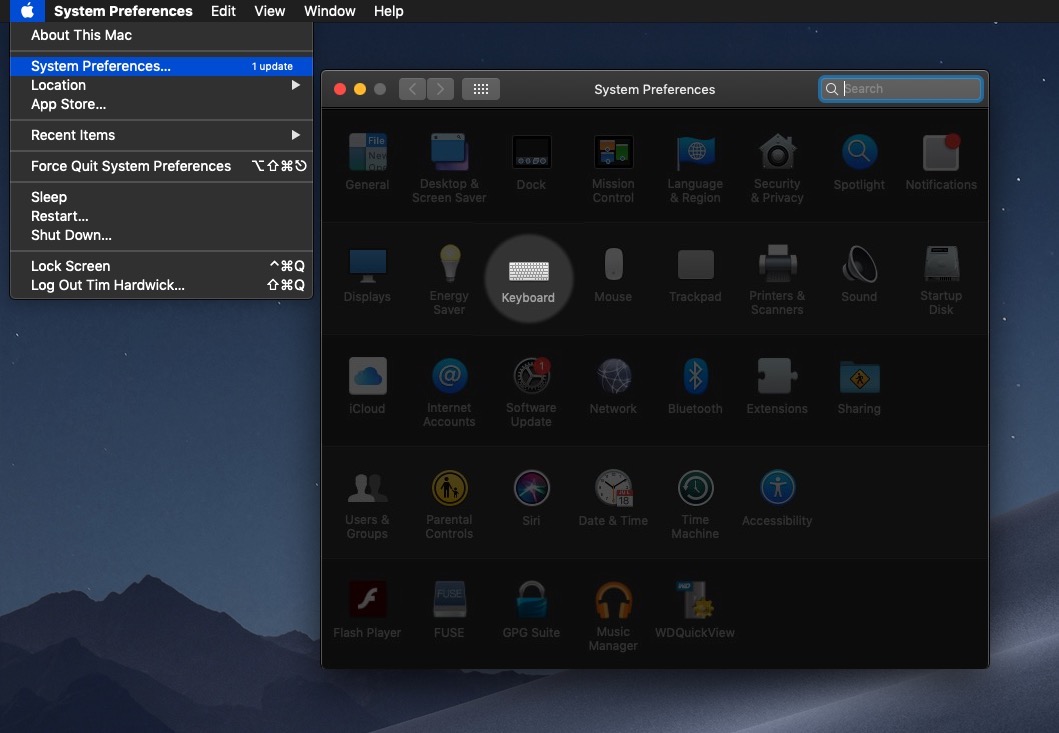


- Emojis on mac command how to#
- Emojis on mac command update#
- Emojis on mac command pro#
- Emojis on mac command code#
- Emojis on mac command Ps4#
Use the Character Viewer to enter emoji, symbols, accented letters, and characters from other languages into your documents.
Emojis on mac command code#
With this approach you won’t have a random emoji anymore but instead a very deterministic emoji given by the return code of the previous command. bash_profile) # declares an array with the emojis we want to support EMOJIS = (😺 😸 😹 😻 😼 😽 🙀 😿 😾 ) # function that selects and return a random element from the EMOJIS set RANDOM_EMOJI ( ) export PS1 = ' $(success_indicator ) $ ' Try to run the following command multiple times to have a feeling for it: Its goal is very simple, as the name suggests, it always evaluate to a different random value. The RANDOM variableįor our purpose, another useful Bash special variable is RANDOM. Funny enough this is not a pun to PlayStation players… If you are curious to know what they are used for, Archlinux has a great section on terminal prompts.
Emojis on mac command Ps4#
This is generally set as PS2='> '.Īlso PS3 and PS4 exist.
Emojis on mac command pro#
👌 Pro tip: There’s also a PS2 variable, which is the secondary prompt displayed when a command needs more input (e.g.
Emojis on mac command update#
If I were a betting man, I would bet that the name stands for Prompt Style 1 ( Update : Rohit Chakraborty actually clarifies in the comments that PS1 stands for Prompt String 1!).

One of those variables (the most important in this article) is called PS1. There are many other special variables in Bash that can be used to customize the look and feel and the behavior of your terminal. Finally, you can export environment variables, for instance to define your default text editor or to modify/extend your PATH (a list of directories where to look for executable commands). You can define shortcuts and aliases for common commands. For instance, you can load other configuration files (here we load a global configuration if it is available). # environment export PS1 = '\h \W]$ ' # Set the command prompt! export HOST = ` uname -n ` export EDITOR =vimĪs you can see, this script has the only goal of setting up your bash environment. etc/bashrcįi # various command shortcuts alias og = 'ls -ogrt' alias ll = 'ls -al' alias lc = 'ls -C' alias dir = 'ls -lrt' # in case you are a MS-DOS lover :P alias h = 'history' alias p = 'pwd -P' # shows the "real" path in bash, not the path via symlinks alias et = 'emacs-tty' alias python =python2.7 This file is essentially a Bash script file that gets loaded every single time you open a terminal session. bash_profile is executed for login shells, and. bashrc (more common on Linux systems) or. Bash configīash customizations are generally made in a file saved in the user home directory.
Emojis on mac command how to#
In this article I’ll explain how I emojified my terminal and, since it is very simple stuff, I’ll also try to explore some extra details on how to customize your bash experience. If I could have a penny every time somebody asked me how did I put a random emoji in there, well… I wouldn’t probably be a millionaire, but I would definitely be able to afford few more coffees every day and be less sleepy 😴! In this article, we will see how to customize our terminal prompt and add a random emoji in it.


 0 kommentar(er)
0 kommentar(er)
